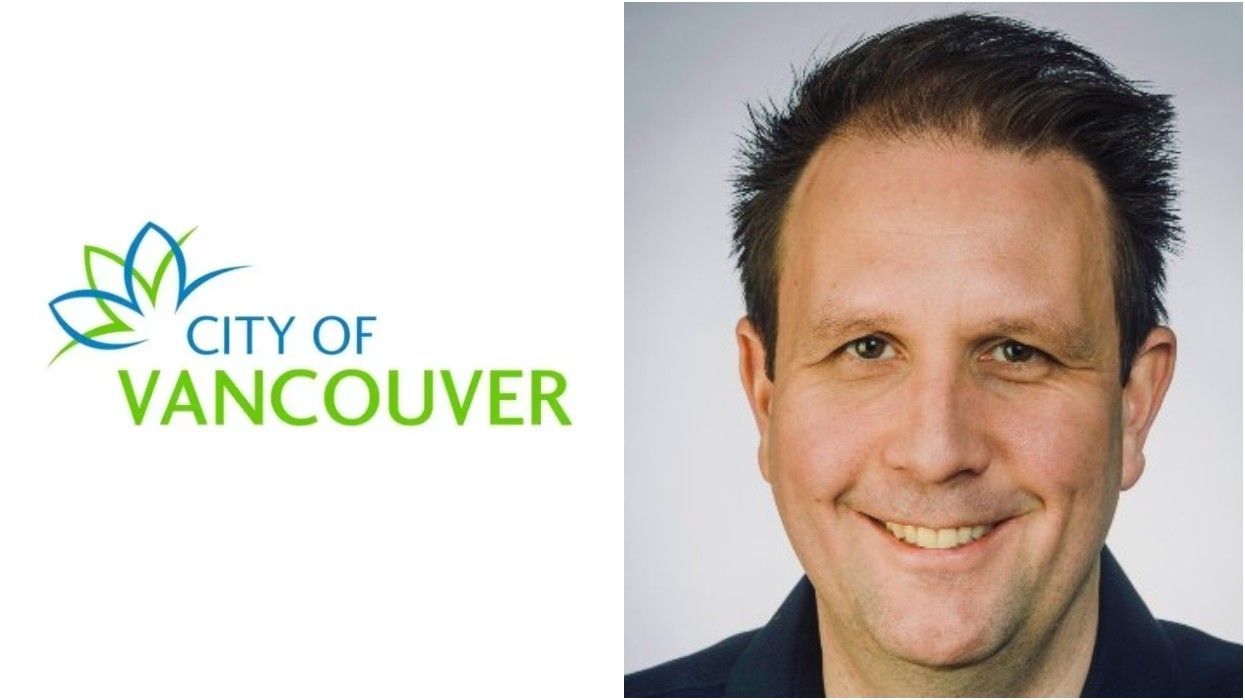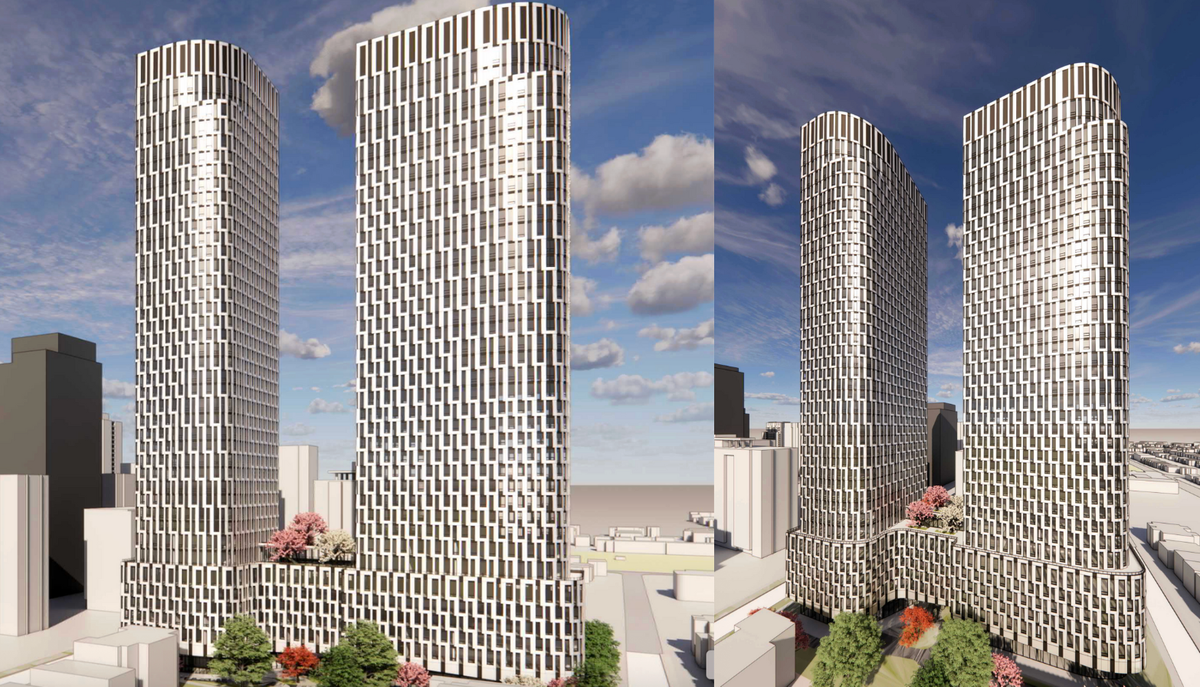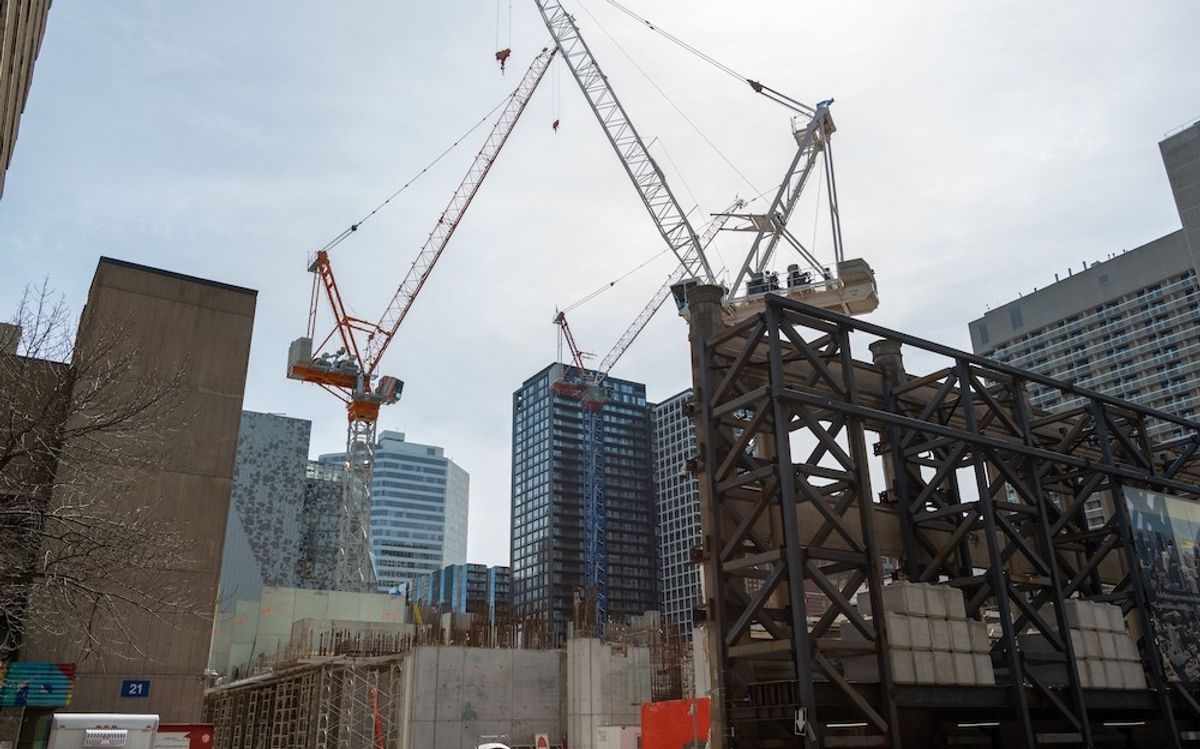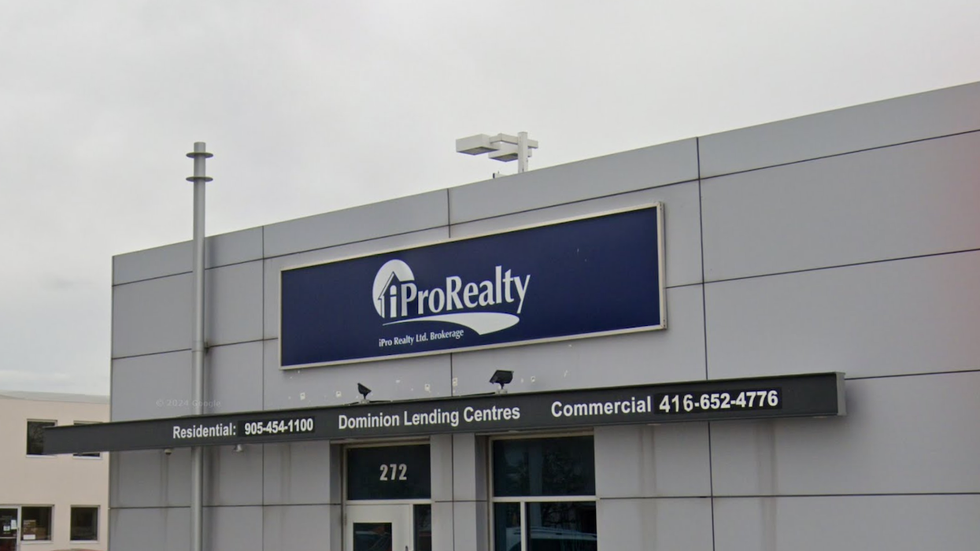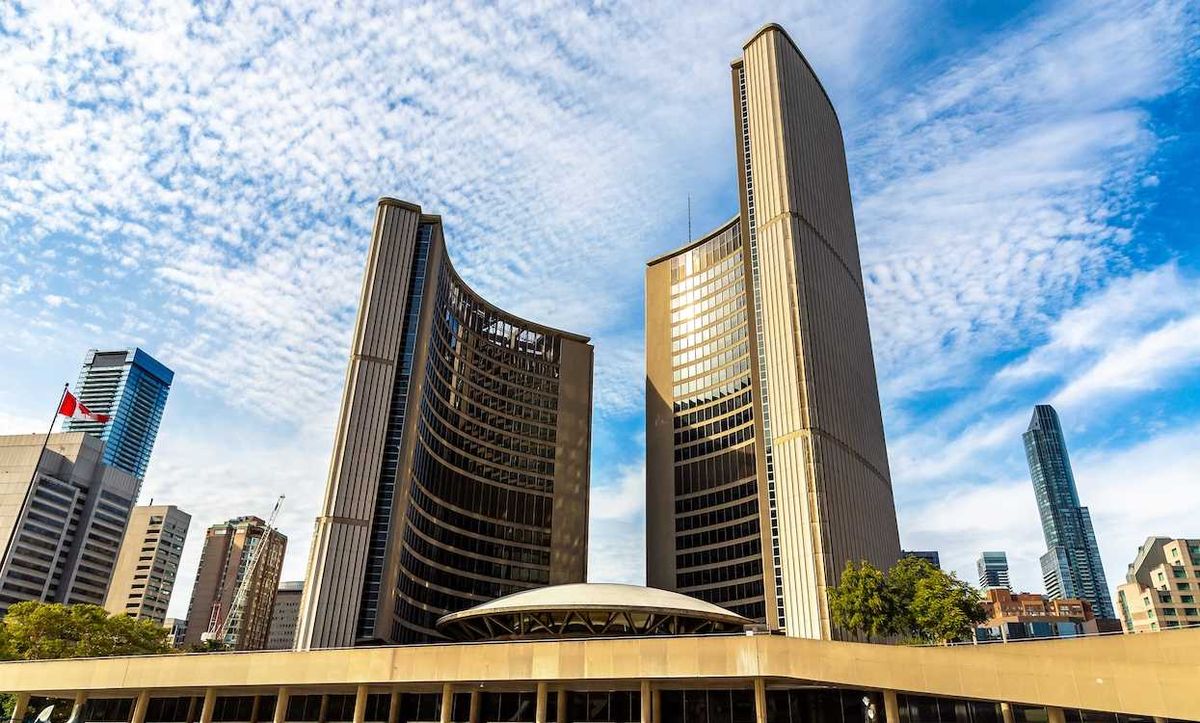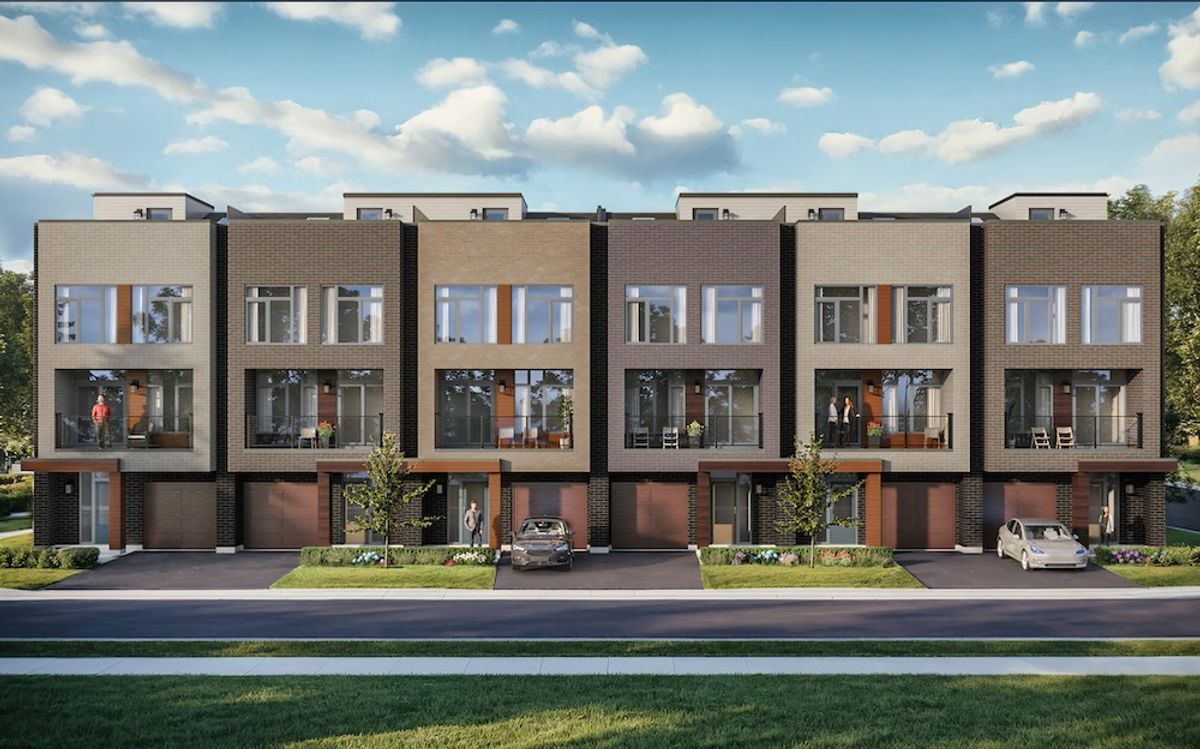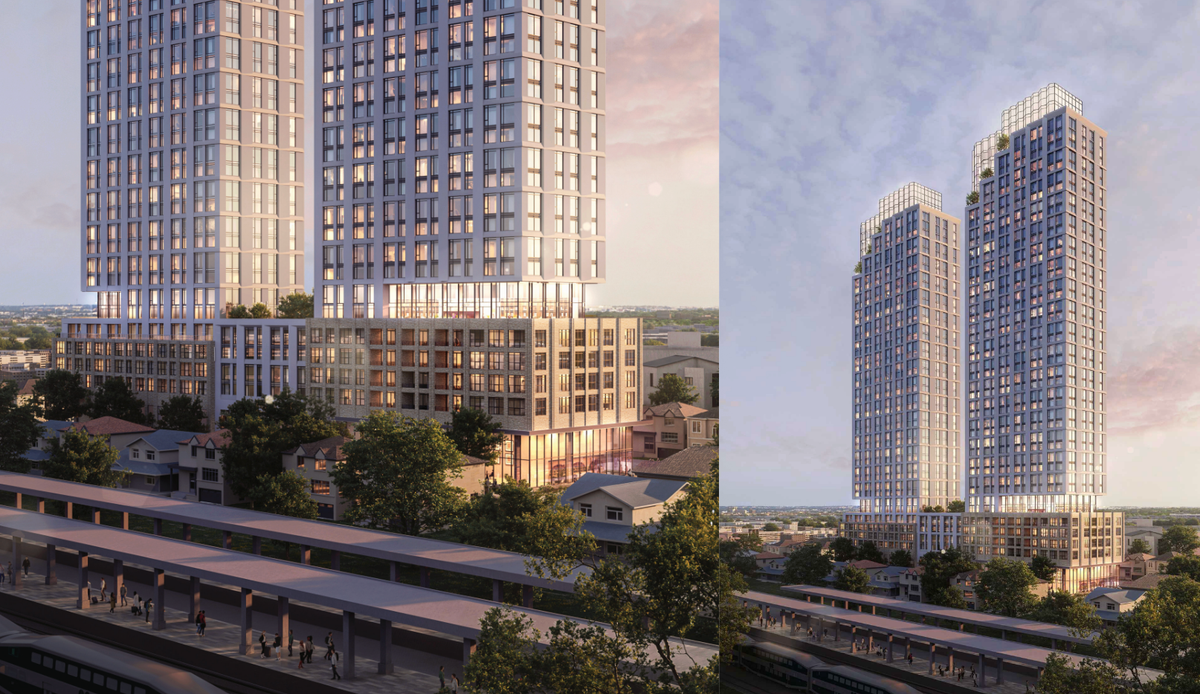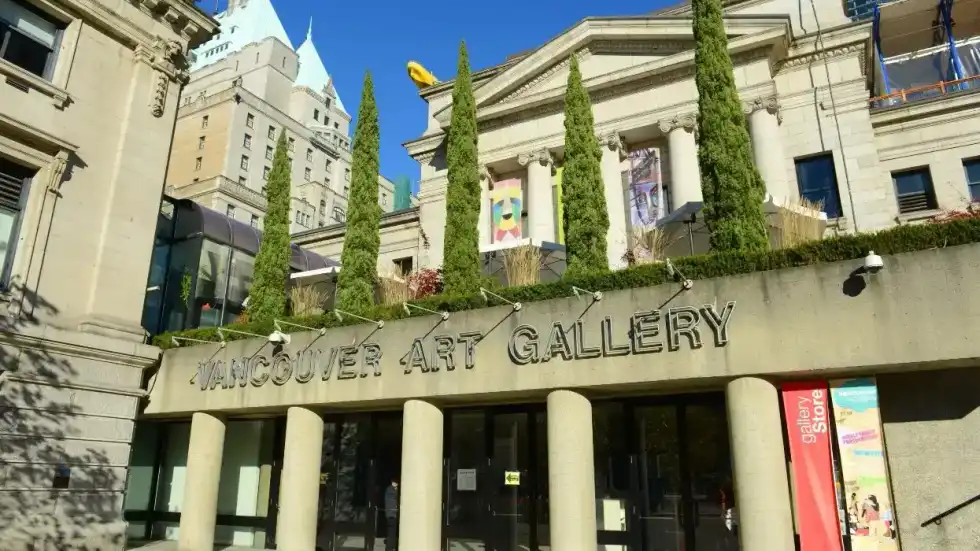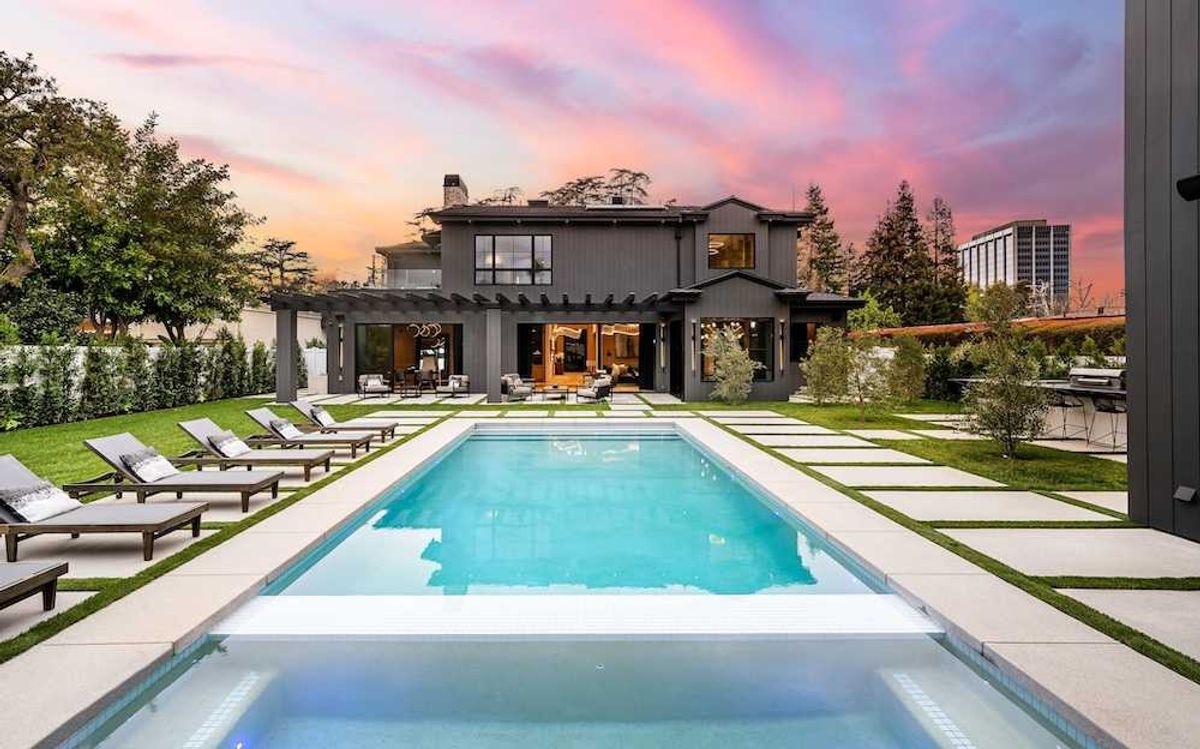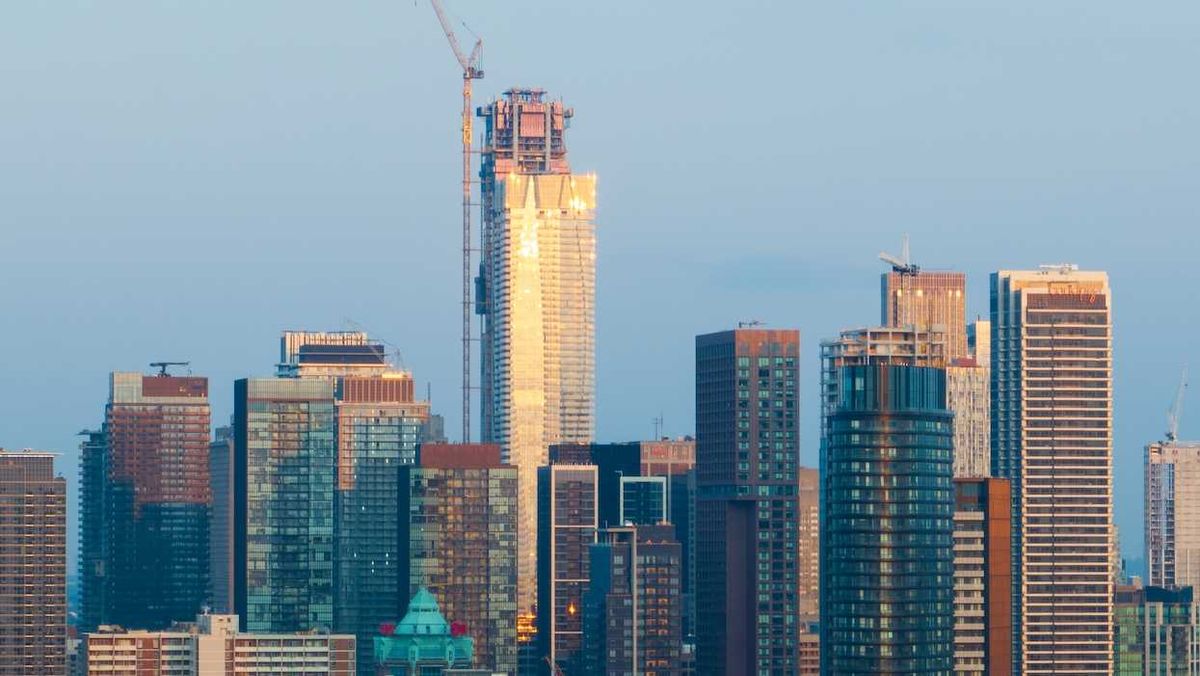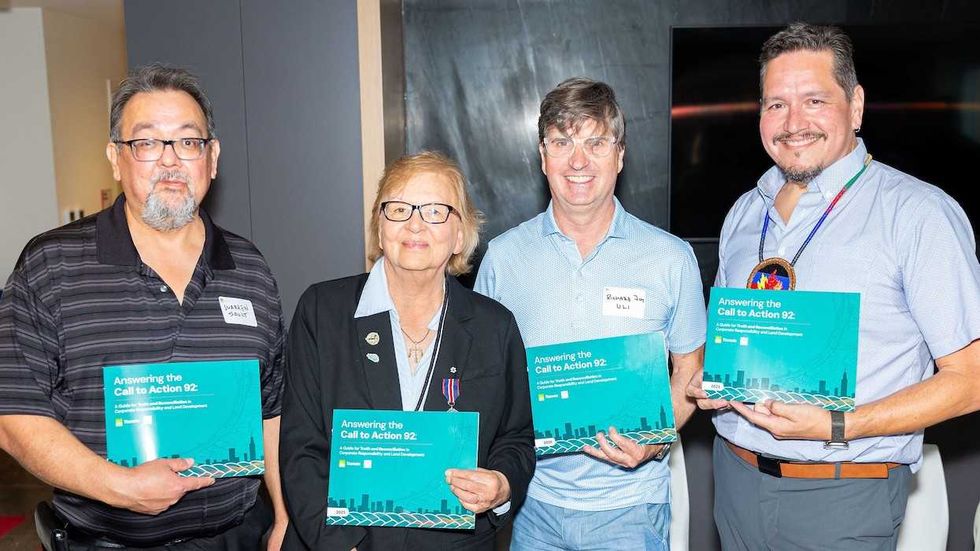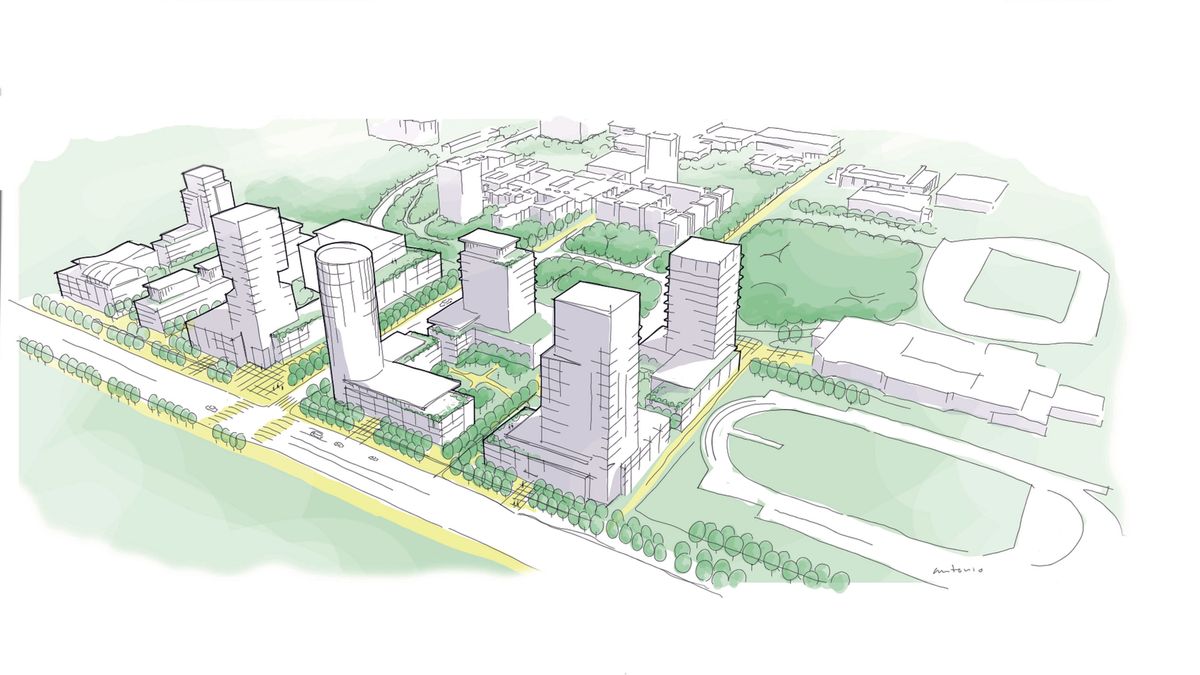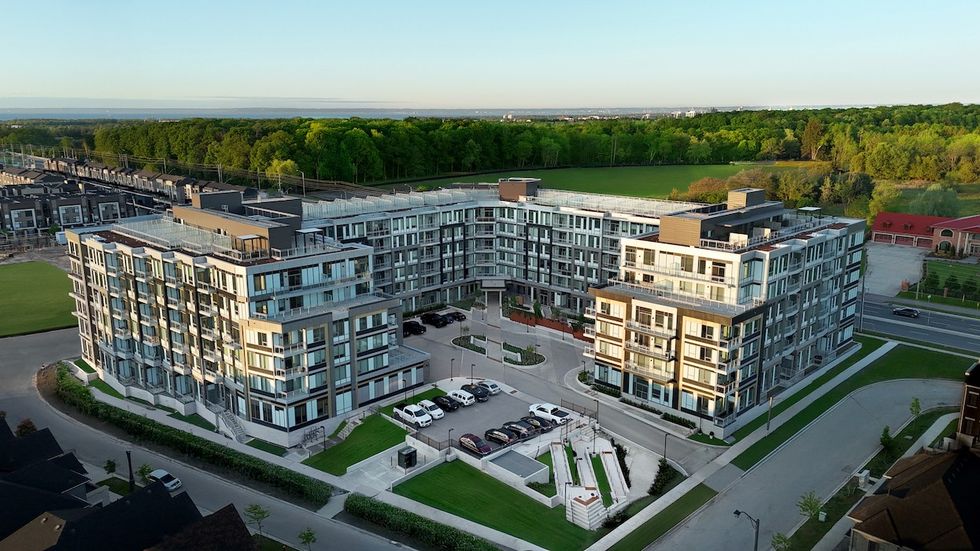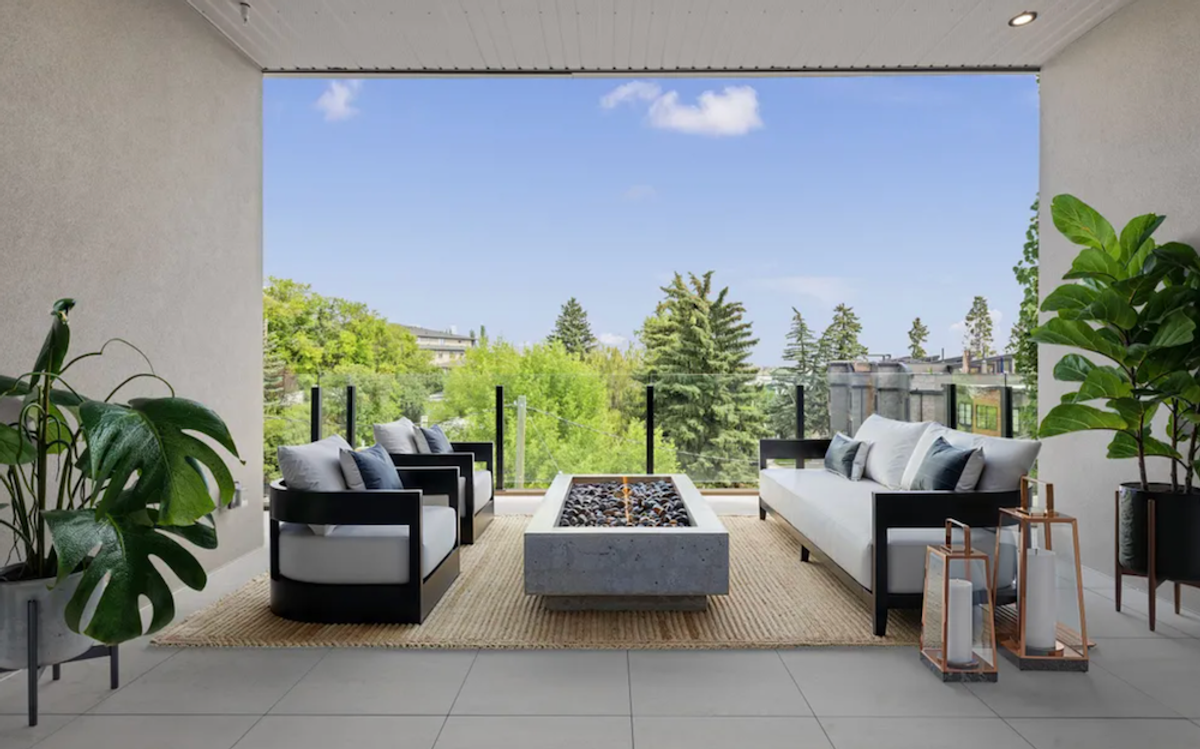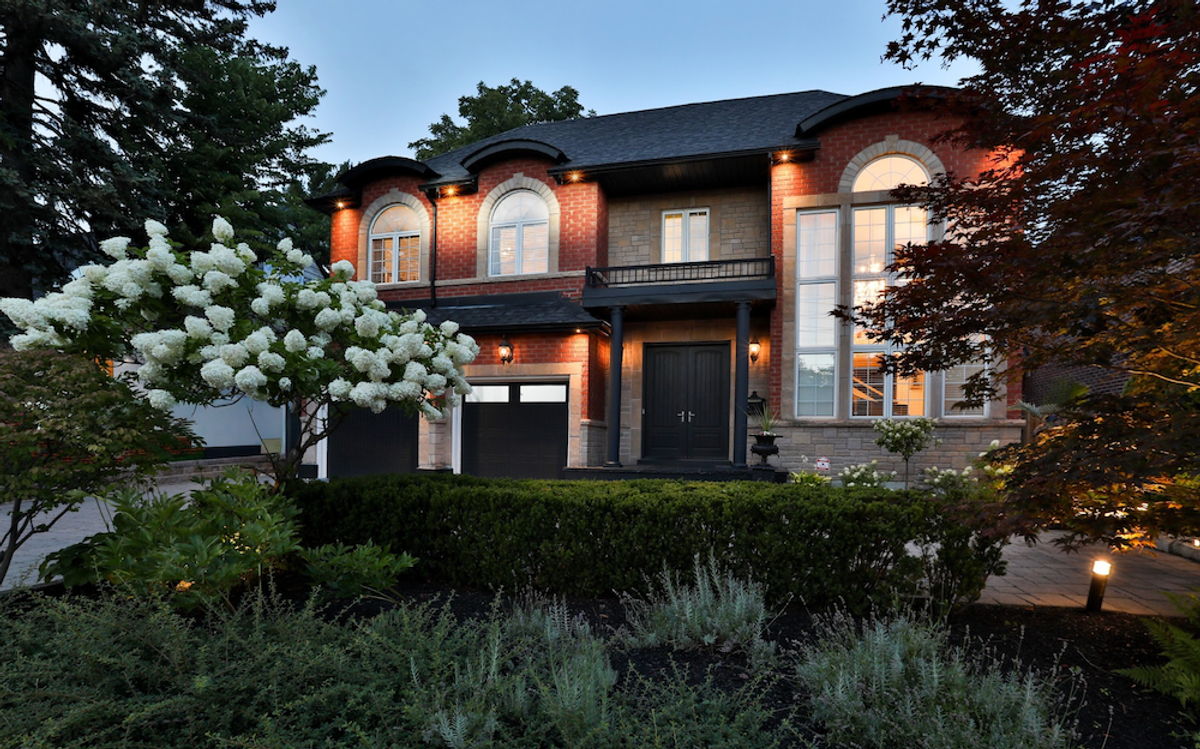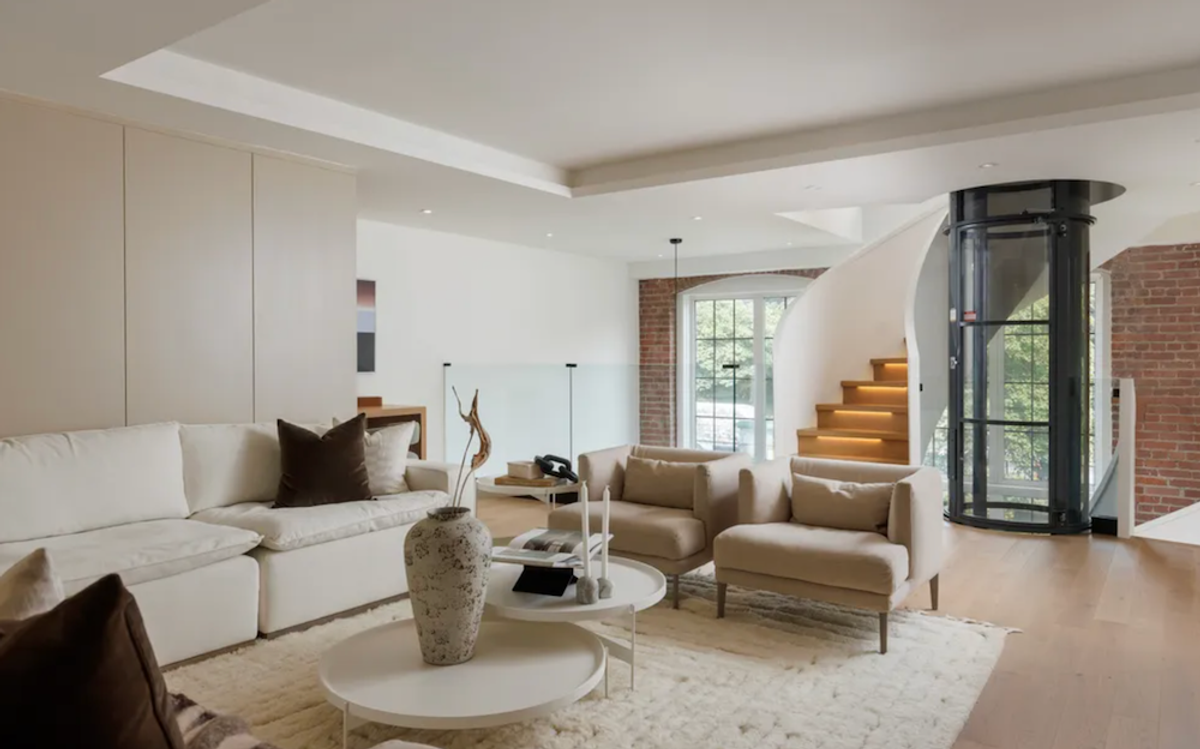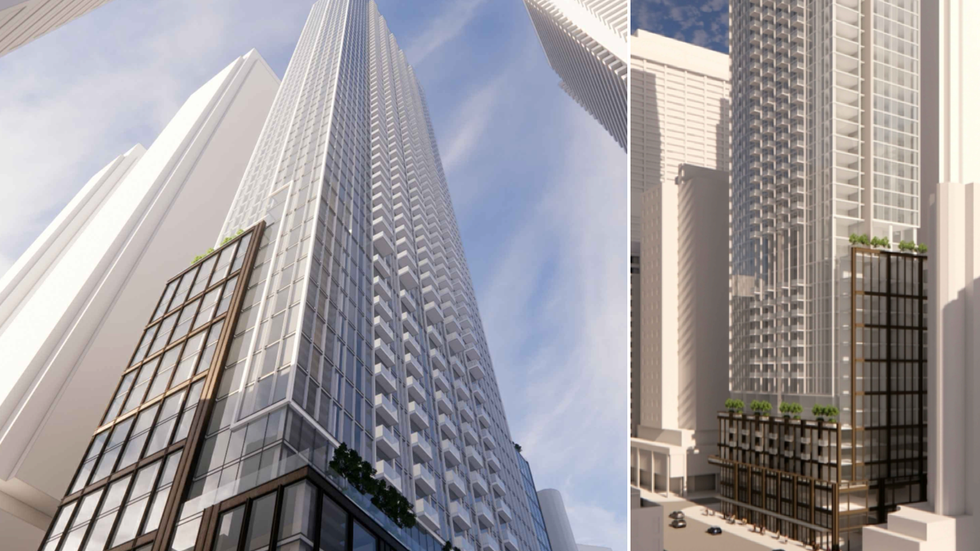After taking over as the City of Vancouver's General Manager of Planning, Urban Design, and Sustainability from Theresa O'Donnell on May 1, 2024, Josh White has now completed his first full year in the high-profile position. White joined the City of Vancouver from the City of Calgary, after earlier stints as a planner with Urban Strategies and in the development sector with Dream Unlimited.
When STOREYS interviewed White last year shortly after he took over the role, it was at a time when municipal governments were preoccupied with implementing the various policy changes mandated by the Province's new suite of housing-related legislation.
Since then, much of that work has been completed and the City of Vancouver has been doing much more work on its own policies, including a review of the Broadway Plan, revisions to the view cones policy, a new policy to fast-track social housing, and a new policy to encourage more hotel development, among many others.
In an interview with STOREYS last week in his corner office with views of downtown Vancouver, White discussed his first year on the job, the various policy changes that have occurred, and several ongoing planning projects the City is working on at the moment.
Responses have been lightly edited for length and clarity.
When we spoke a year ago, you talked about getting to know the city and your observations. I'm curious if any of them have changed and if you have any new observations.
Being from somewhere else, I spent a lot of time just trying to get familiar with the city, explore every neighbourhood of the city, and just getting grounded in the place because obviously that's very important to know and understand the different types of neighbourhoods that we have. It's clearly a very dynamic city, lots of very interesting neighbourhoods, but also a lot of untapped potential in terms of creating those types of mixed-use, walkable, but dense and amenity-laden neighbourhoods — not just in the core of the city, but all across Vancouver.
What are some of the places where you see that "untapped potential?"
There are lots of places throughout the city where there's opportunity to add commercial uses and things like that. So a good example is where we're doing the villages work. That's an ambition in the Vancouver Plan, to take places that might have a small amount of community retail, but there's an opportunity through low and mid-scale development to add population, add amenity, add commercial hubs and public spaces. And so that work will help kind of activate those neighbourhoods even more. I'm excited about what those plans can do for the future of Vancouver, both in terms of helping meet our housing supply challenges, but create diversity in our housing stock, more affordability, and — importantly — lively, active, and vibrant neighbourhoods. That's really what it's about at the end of the day.
How would you describe your first year on the job, both professionally and personally?
Personally, Vancouver's a wonderful place to spend time and I've moved my family here from another province and it's been a tremendous experience. It's a wonderful quality of life and place to live.
And it's an exciting place to be part of professionally. We're at a moment in time where there's going to be transformational change in how our planning systems work to address the challenges that we have. We need to create more opportunities for housing growth and that means approaching how we do policy differently, how we do our processes differently, creating a less heavily negotiated system, to one that has more standardization, more smooth processes that allow us to deliver those outcomes quicker than we've been able to in the past, at a scale of housing production to meet the housing crisis challenge that we have.
I find that an exciting challenge to confront. They're difficult challenges to confront, but, in the planning realm, that's the most exciting and interesting type of work and that's the opportunity I've been given here — the mandate that's in front of us both from Council, but also the Province. So I enjoy confronting that challenge every day in the job.
One of the biggest transformational changes is of course the Broadway Plan, which was reviewed and revised last year. I'm sure you're aware that many residents have various concerns about the Broadway Plan. What are the biggest concerns you've heard and what would you say to the people who have those concerns?
I think there's a general conversation around change and density that is manifested in conversations about Broadway. Our land use vision for the city is linked to a high level of transit service around SkyTrain. It's centrally located as an employment hub with not only the city but the entire region, and so it makes sense to link that sort of land use vision — that's intense, a little bit more dense — alongside that transit vision.
I think, like any planning endeavor, that level of change can bump up against people's intuitions. And so we want to make sure that that change is a positive thing for people, that it supports the services that people want, that buildings are thoughtfully planned in communities. But it will be a degree of change. And so we want to make sure that we're keeping the plan as contemporary as possible. Some of the changes we made to Broadway Plan were in response to the provincial legislation in terms of the area closest to transit — that manifested in things like tower limits per block.
But also we want to make sure that plans like that are truly living, that we're being responsive to what we're hearing out there in the community and some of those changes around form of development — how towers are hitting the ground, landscaping — are also adjustments that we made to the plan in response to what we learned from the plan a couple of years in. And that's what we can expect more of — for it to continue to be a dynamic plan, a responsive plan, but one that kind of meets the ambitions of this core area of the city.
We're seeing a non-stop stream of rezoning applications for the Broadway Plan area, but market conditions are not great right now. Does the City have a sense of how many of those rezoning proposals are likely to proceed, compared to proposals where the intent may just be to secure entitlements and/or sell the property?
We want all projects to be viable. Touching back on some of the concerns, like tenant displacement, we obviously have the tenant relocation and retention plan, enhanced policies around tenant relocation and protection within Broadway plan, but there's a cost to that. There's projects that have tenant relocation needs or tenant displacement, there's others that don't and certainly ones that don't will have a lower cost to them. They may proceed quicker than others that have a higher cost basis, including tenant relocation, but that's okay, right? Those earlier projects can help create space for people to move around during tenant displacement.
We're continuing to calibrate the plan, making sure projects are still viable. Every project in the city and in the region is stressed right now in terms of viability and we are bringing a report forward to try and take some short term actions to address cost pressures in development to make sure that projects continue to proceed. But our hope is that we'll see a number of those applications move from rezoning approval through to development permit and through to building [permit] and then we'll just sort of gauge and monitor how quickly housing production is happening and we'll adjust course if we need to in our policy to make sure that it's not just a theoretical exercise and that we're actually able to deliver housing and jobs based through that plan.
One of those changes the City has already made is the view cones policy revision, which started before you joined the City and completed after. Have you seen the desired effects of those changes? I've noticed a lot of projects have been revised because of those changes.
I think it's opened up the opportunities we expected. Every policy shift like that is a balance of different objectives, right? Trying to achieve multiple objectives at the same time and weighing those tradeoffs, right? We were trying to protect the most important public views, but also enable more opportunity and we think we've struck the right balance. We're definitely seeing projects proceed to the next stages as a result of those shifts and so I think it's having its desired effects. We will be able to protect important public views and we can enable more development and that's what we're seeing.
There have also been several changes or proposed changes as it relates to social housing, including reducing requirements in the West End and the new Social Housing Initiative. Big picture, how would you describe the City's approach to social housing right now?
On the first front, the West End: changing standards to make sure that they're economically viable — that's all about calibrating our policy, trying to create some more consistency across different areas of the city. And then the social housing zoning initiative is something we regularly hear that can be a barrier to social housing because they rely so much on matching their kind of zoning entitlement with their funding sources. And so if we can streamline the ability to do prezoning so that those entitlements are in place, that smooths the path with funding partners to deliver a really core important housing need. The other facet of that is to make sure that social housing belongs and it should exist throughout the entire city, not just concentrated in a few areas. And so that rezoning effort is to align with that Vancouver Plan vision of situating diversity of housing in all Vancouver neighborhoods.
There's also a couple big ongoing things, like the Social Housing Initiative, the Granville Street Planning, and the Rupert and Renfrew Station Area Plan. What's the latest on those projects?
The two important area plans are coming in early-June. Granville is a really important civic space within the city and an area that's struggled for a variety of reasons. So again, kind of aligning with a overall philosophy of opening up more opportunities, hotel opportunities, residential opportunities, making sure that we're matching that development with excellent public space that serves the type of activities that we want, whether it's patios or whether it's outdoor venues for concerts and making sure the land use works with that. That's a really, I think, compelling vision that will enable more housing, more entertainment uses, more outdoors space use, and will really enliven that really important civic street within our community.
And then Rupert and Renfrew is a large area plan that will implement various facets of Vancouver Plan. There's transit-oriented areas of high density. There's really important employment areas for jobs within that. There's village typologies that we're planning through Rupert Renfrew. So opening up a whole spectrum of housing opportunity within Rupert Renfrew, doing more prezoning as opposed to just simply rezoning policy, will allow more projects to go straight to development permit. That's part of our streamlining approach, to kind of match policy with process. And then, you know, important ecological and public space outcomes that we care about — daylighting Still Creek is a central facet of that plan and so I think we can achieve an excellent holistic community vision through Rupert Renfrew that's representative of the type of planning we want to do going forward. Both of those plans are up for council approval in early-June.
Is there any new policy work that's in the works right now?
We're doing South Vancouver industrial work. We're doing area planning work within Railtown as well, like around zoning. Some people might be aware of some of the zoning we're doing in the Downtown Eastside as well. Villages planning within Vancouver Plan, we have 17 villages in the planning stages that will come next year. And then we have a lot of different, what I would call, kind of system changes to how our planning system will work, whether it's a new development charge levy by-law, amenity cost charge by-law, inclusionary by-law, new district schedules, pre- zoning, that all points us towards a different type of planning system.
Last year, you said "regulatory simplicity" was a focus for you. How do you think that has gone and what more do you think the City can do?
I would describe the system changes in three pillars: one being regulatory simplicity and clarity, one being process improvement associated with that, and the other one being how we fund and finance growth through tools.
On the regulatory simplicity front, I think a marquee effort we're trying to do is around all our city-wide development and design guidelines. The view cone work and the solar access work was part of that, but the next step in that will be dramatically simplifying that. We have over 2,200 pages of city-wide design and development guide policies here, there, and everywhere over many decades and we will be taking the first steps this summer and consolidating that work. It's actually very difficult to even understand what our priorities are trying to wade through that much complex and layered policy, and what we need is a much clearer expression, a much simpler expression, a much more user-friendly expression of what our policies are and so consolidating that and radically simplifying that work is on the horizon very soon and that will fit into our overall approach to planning.
Regarding the various changes to help projects become more viable, can you talk about what the consultation with the development industry has looked like? Are the changes we're seeing things that the industry has said would help them?
We heard a lot of feedback from the development history around the cost pressures that are underway and it's no secret to anyone that even if you just simply look at hard construction costs since COVID started, they've risen dramatically higher than normal inflation for other consumer products and that's put a lot of pressure on the viability of projects.
There's immediate short-term actions that we could take and we're taking a suite of actions to Council on June 18th. We heard feedback around kind of just the timing of payment of things like development charges, taking that payment later in the process as opposed to upfront can help with the cash flow of the project and financing the project, so we're proposing some programs around deferring that payment to later and managing the financial impacts of that cash flow to the city. That applies both to City of Vancouver DCLs and also Metro [Vancouver] development charges. Increased use of things like surety bonds over letters of credit again have a lot to do with freeing up capital in order to deliver housing. Timing and payment of cash CACs as well, more flexibility on tower floor plates to improve viability given some of the pressures on the efficiency of buildings for building codes and things like that and energy codes, just providing a bit more flexibility allows projects to pencil out a little bit better without really much perceivable impact in terms of our urban design.
Those are the types of changes we will be introducing right away in June, but it needs to be part of a longer-term sustained effort to make sure we're more conscious of the impact of our policies and our expectations on the viability of projects. For a long time in Vancouver, this sort of ever-increasing price of homes always kind of bailed us out in terms of those layered costs on development, but we've hit a bit of a reckoning point in terms of hitting the upper limit on those costs and how much the price of rent can contribute to that so we need to address the cost side of the equation and so that's what we're doing.
Last year you said you recognized that this is a high-profile job and that people here almost follow planning and development like a sport. How has the past year been for you from that perspective?
I view it as a very positive thing that people are engaged and very interested in the topic of planning and development and real estate because it has an important impact on their day-to-day life. A lot of our time is spent experiencing our city and so I view it as a tremendous privilege to be in a job that people understand has value in terms of contributing to their day-to-day life and so I really relish the opportunity to try and affect positive change in the city. That comes with scrutiny, it comes with attention and things like that, but I much rather that than indifference.
Anybody stop you on the street and give you a piece of their mind?
No, nothing like that. Although actually we were out yesterday in the field kind of looking at some of the view cone policy for Trout Lake and had some engaging conversations with people who wanted to know what we were looking at and we explained who we were and had the great opportunity to kind of hear people's feedback about that. That's a great thing that people care about their their community and they're eager to express their thoughts and opinions on the future of their city and I'm more than happy to be part of that conversation.
On the note of sports, I follow you on Twitter and see you commenting on hockey and basketball. I think people want to know: where do your sports loyalties lie?
Well I'm afflicted by being a Flames fan my entire life. They're not particularly relevant this year, not in the playoffs, so I've been following basketball a lot more closely and enjoying the NBA playoffs. I'm a big OKC Thunder fan for whatever reason. I was a big Seattle Sonic's fan back in the day, but also I am fascinated by kind of how they run their organization, an extremely well-run organization, and am curious how far they can take it.
So you're saying you want to be the Sam Presti of Vancouver's planning department?
If I could be compared to the competency and achievement of someone like Sam Presti, I would consider that a high compliment.
- Josh White On Becoming Vancouver's New GM Of Planning ›
- Inside The City Of Vancouver Housing Development Office With Director Brad Foster ›
- BC Minister Of Housing Ravi Kahlon On His New Mandate And The Year Ahead ›
- Lucy Maloney On The Renters Office, First Month On Vancouver Council ›
- Vancouver Proposing Suite Of Changes To DCLs And CACs ›
- Vancouver Rejects Potential Tax Abatement Program For Rental Projects ›
- Vancouver Unveils New Rupert And Renfrew Station Area Plan ›
